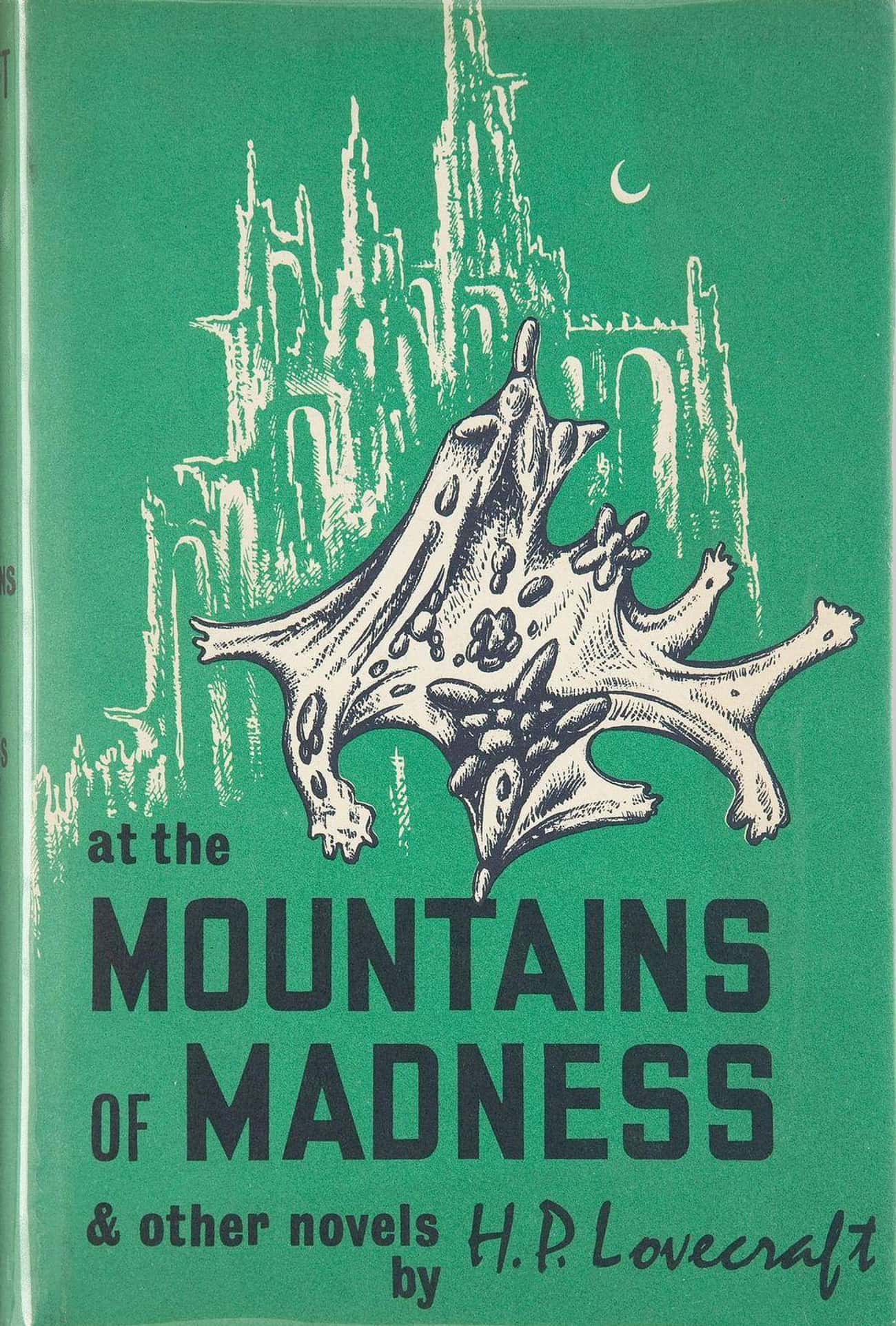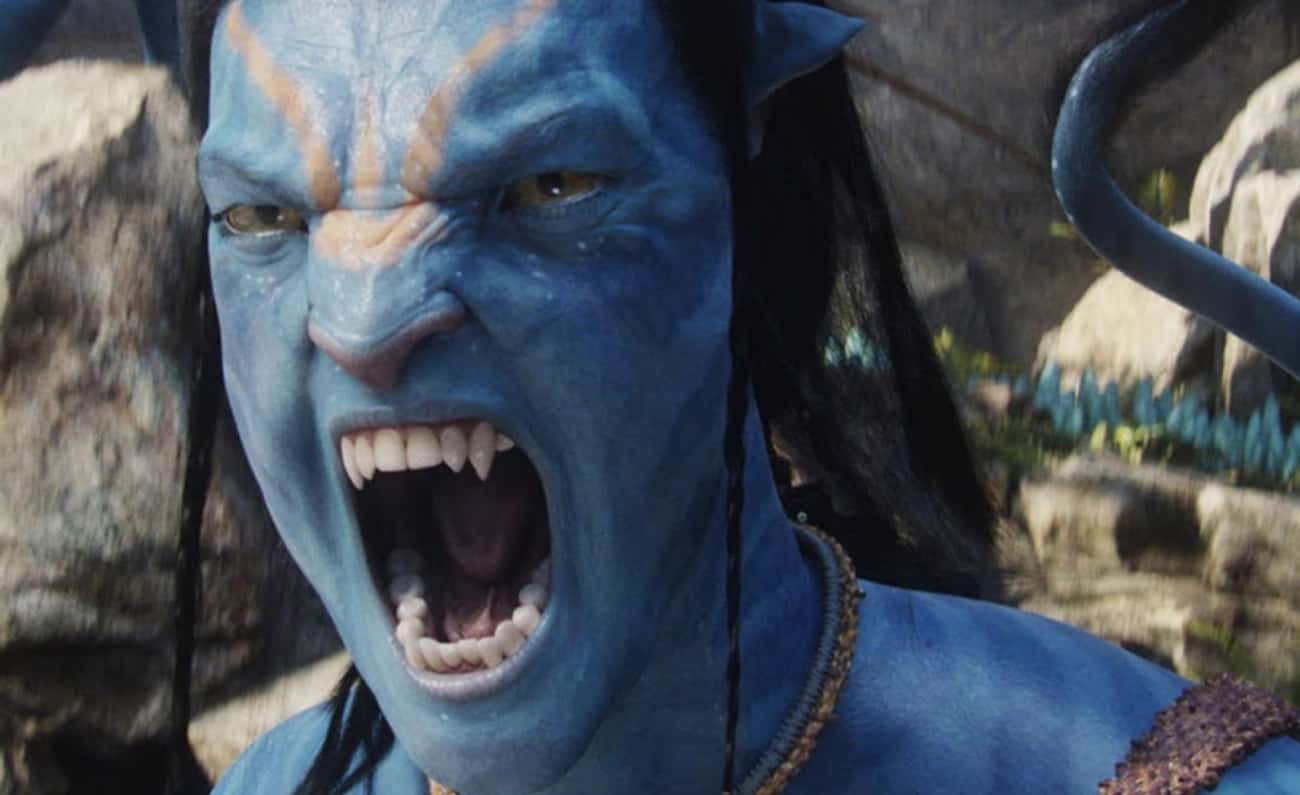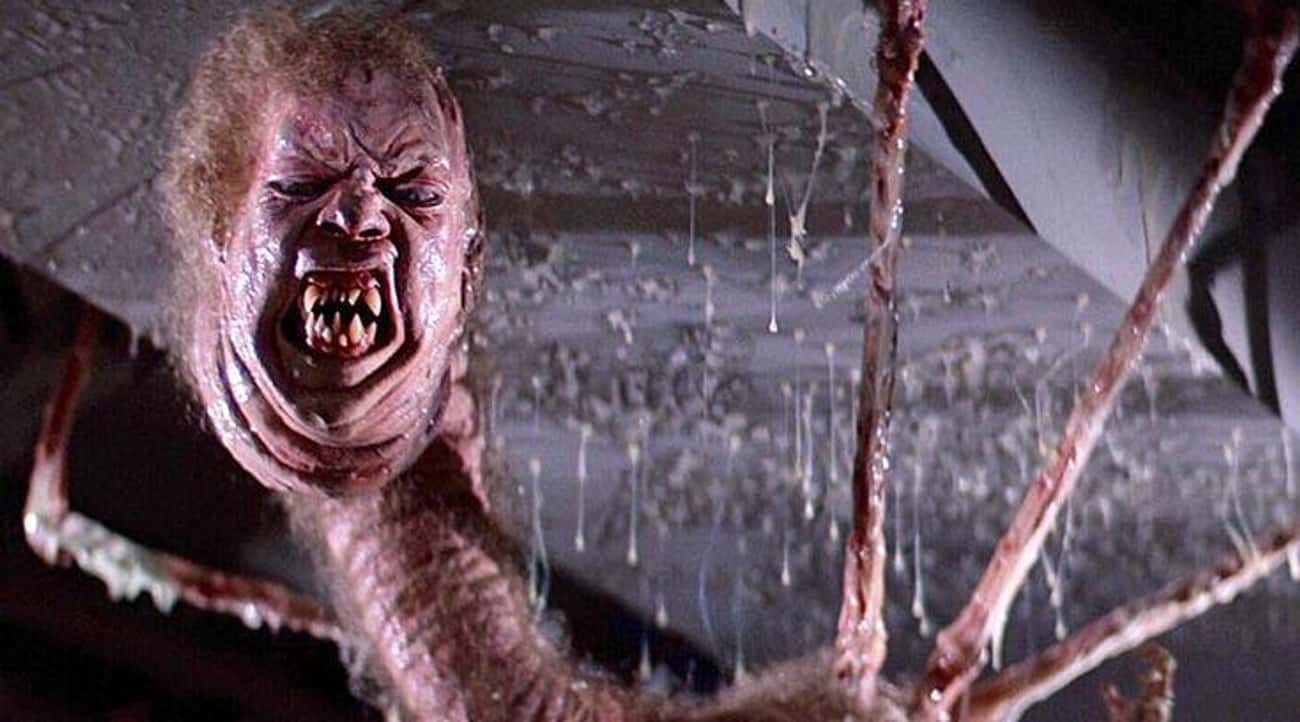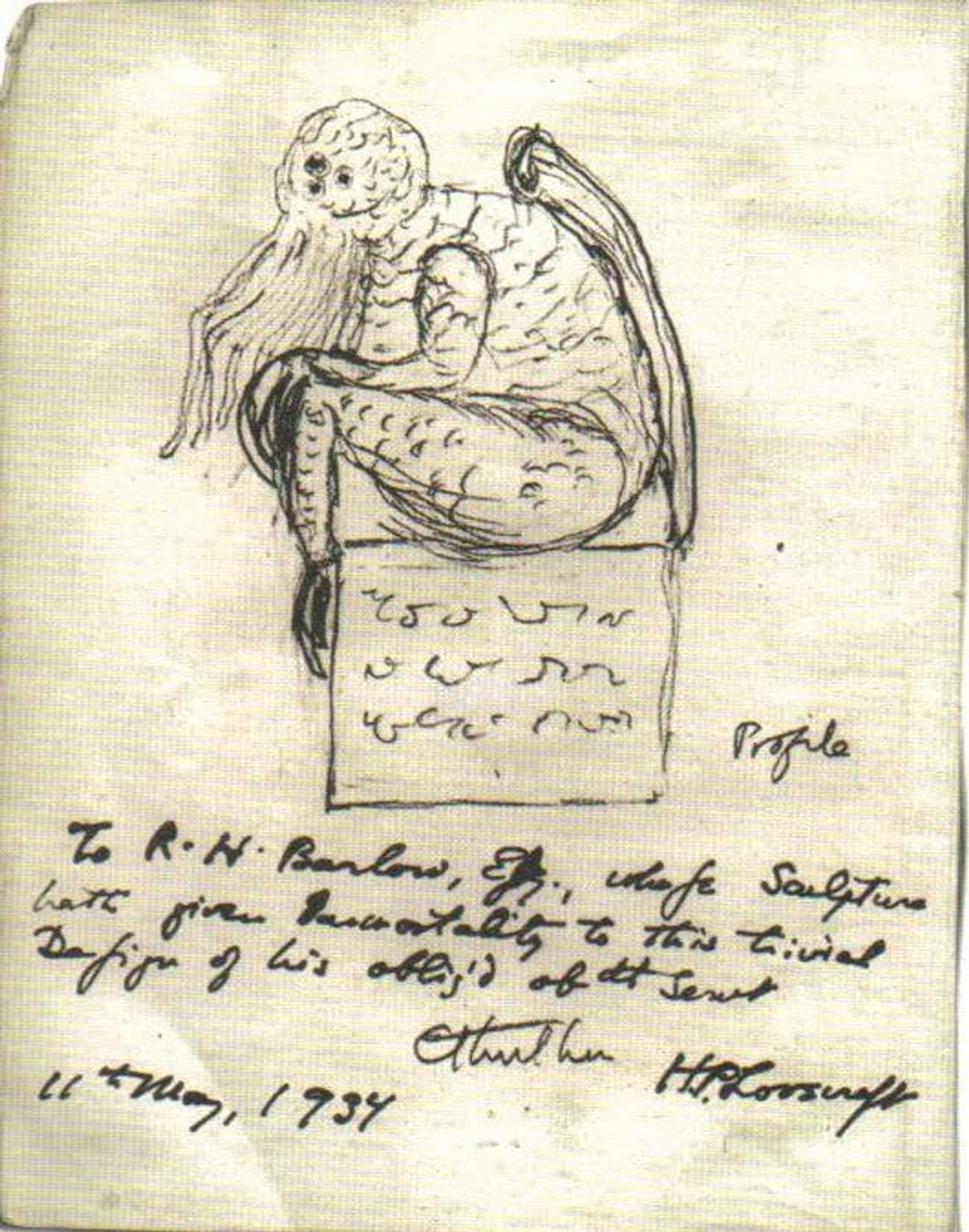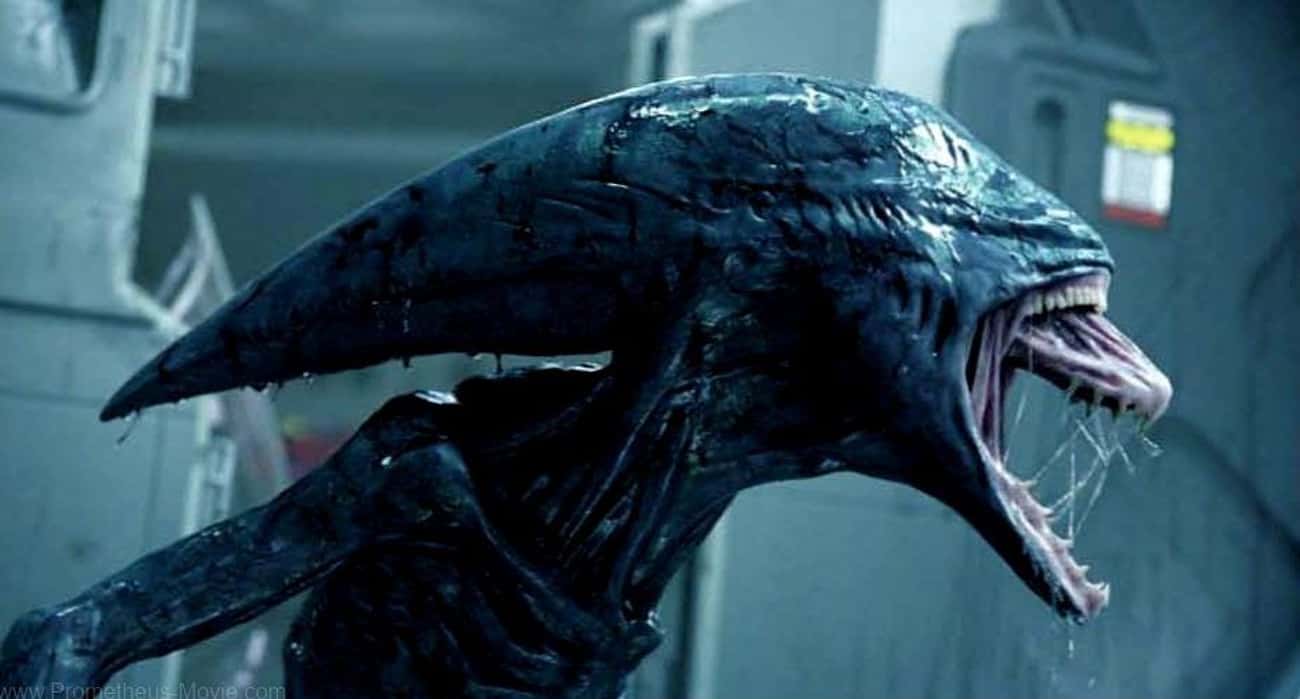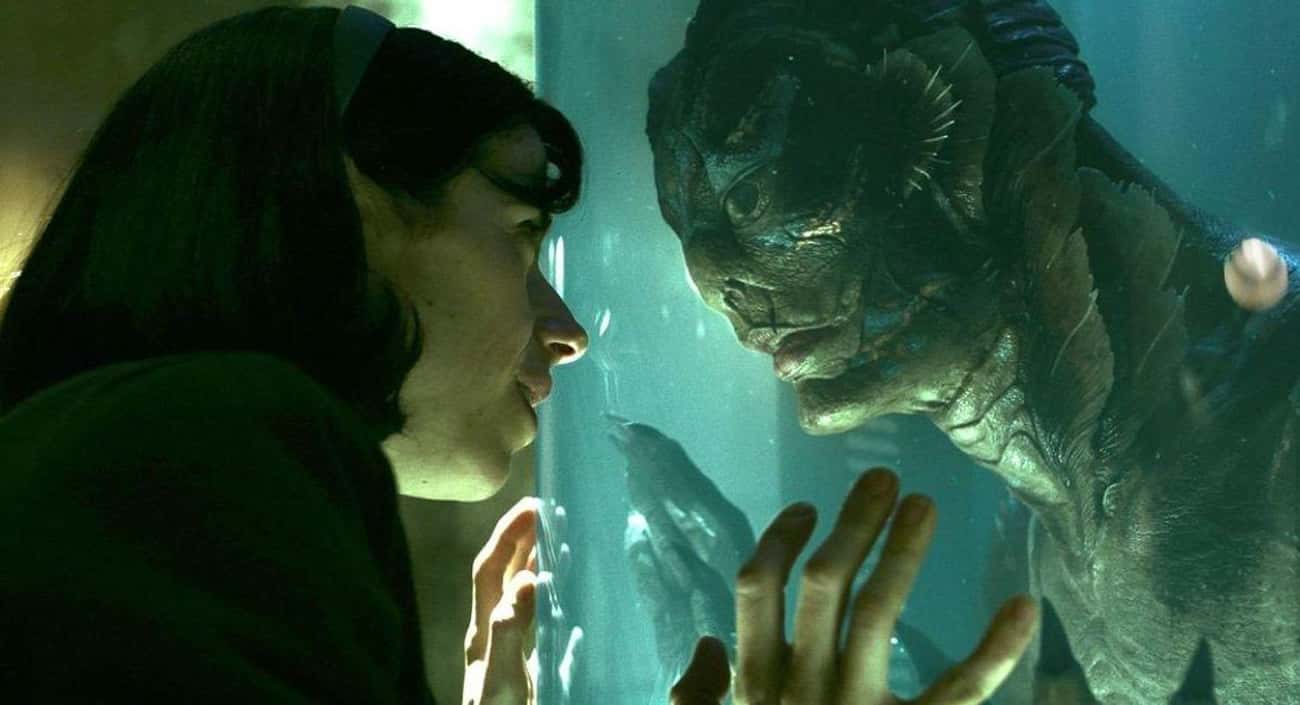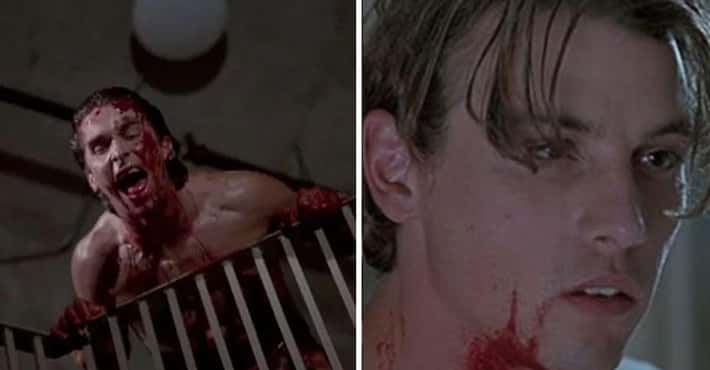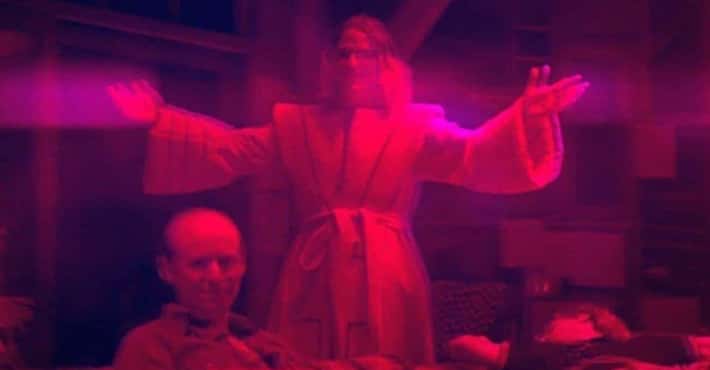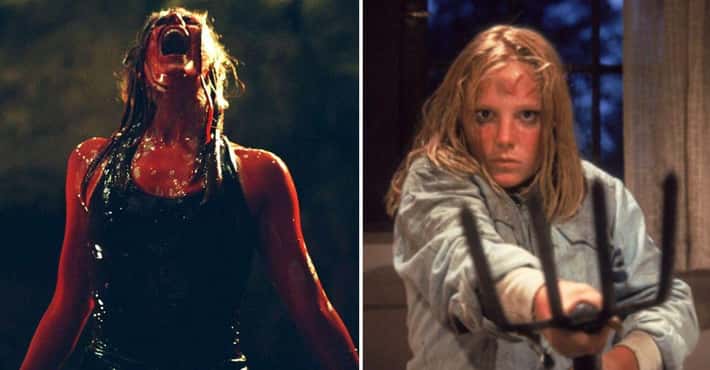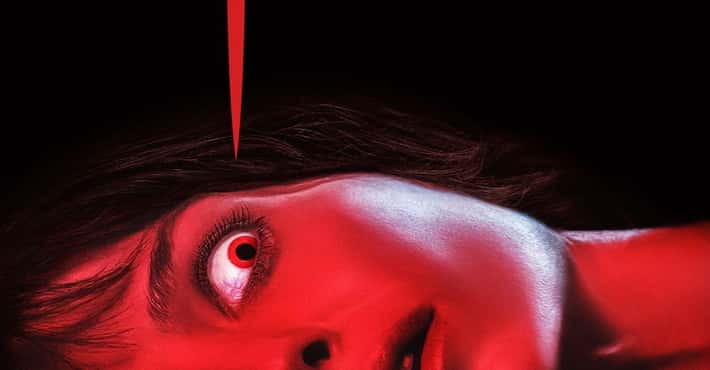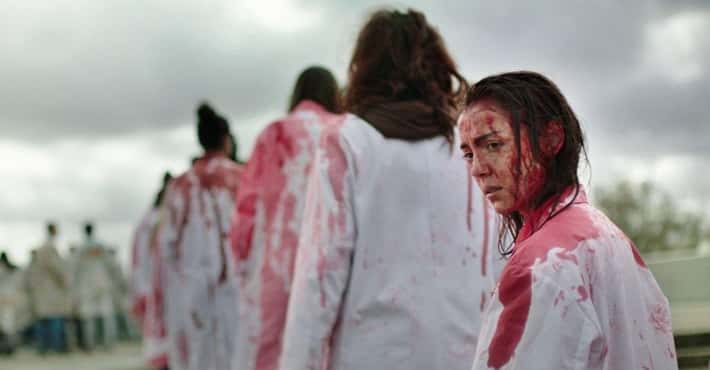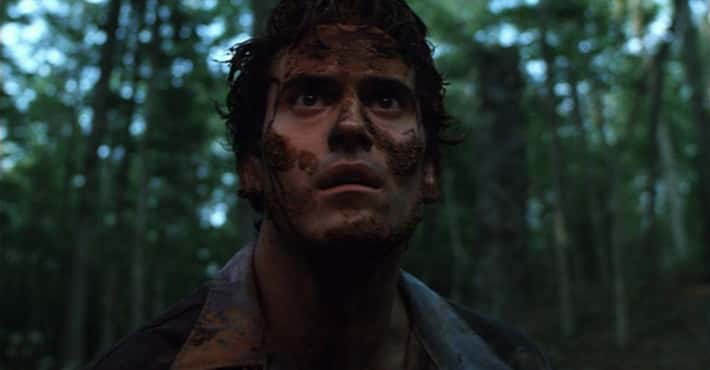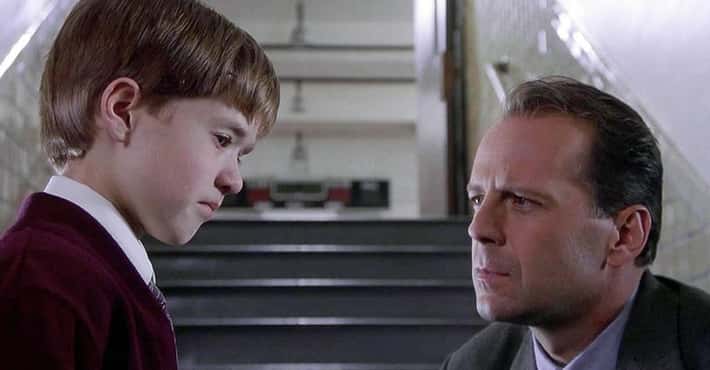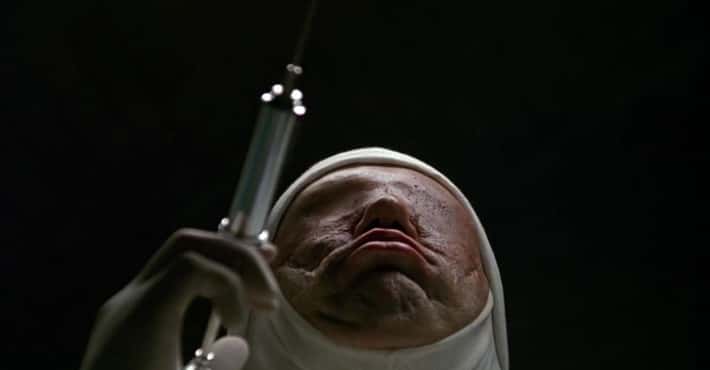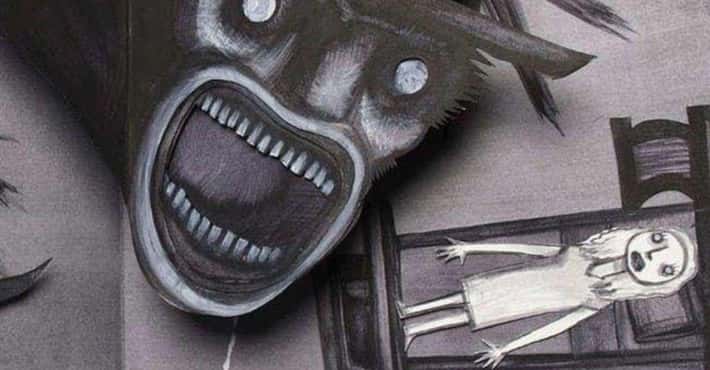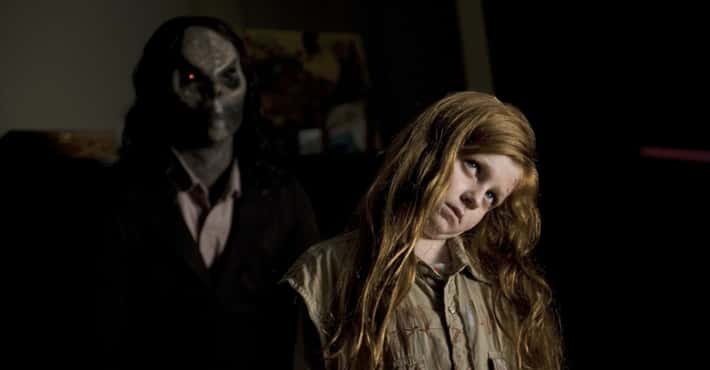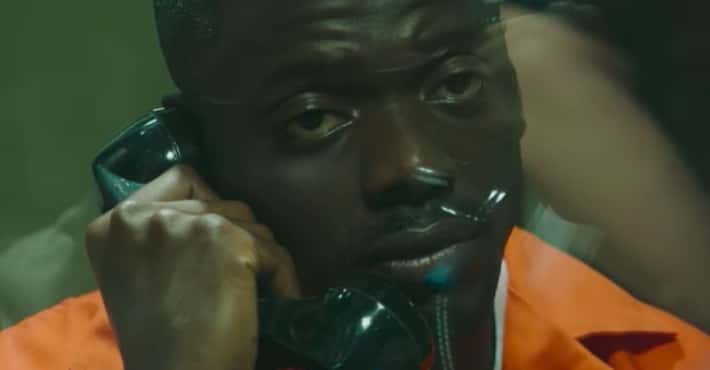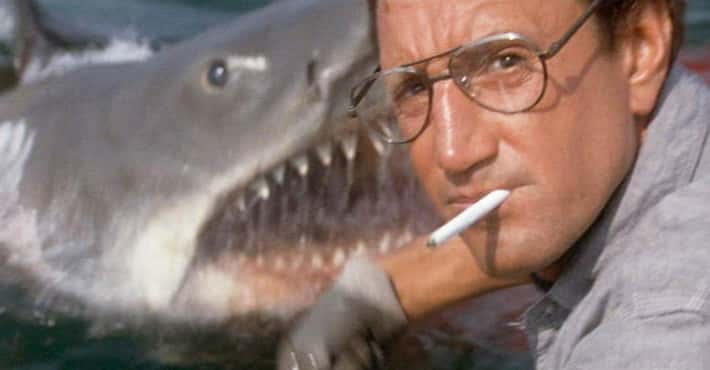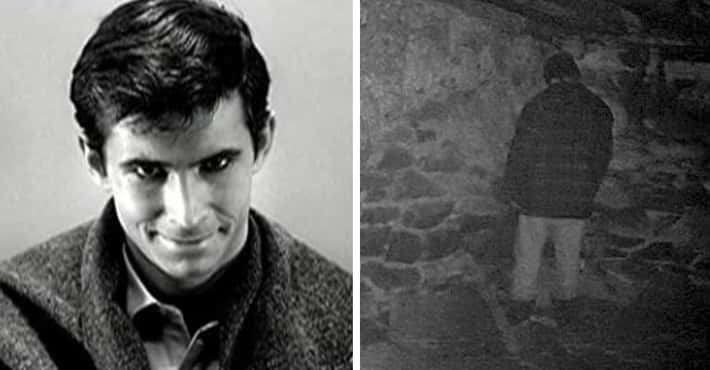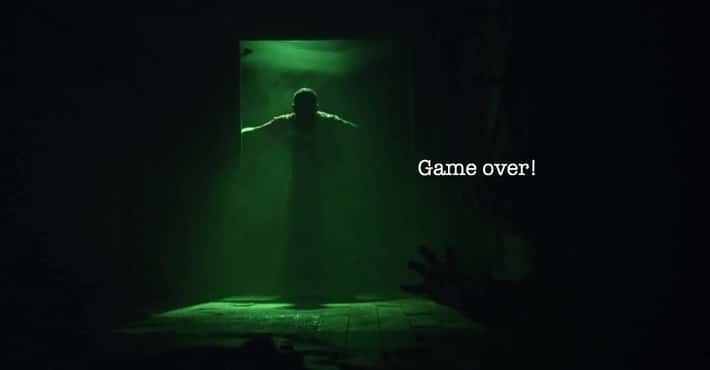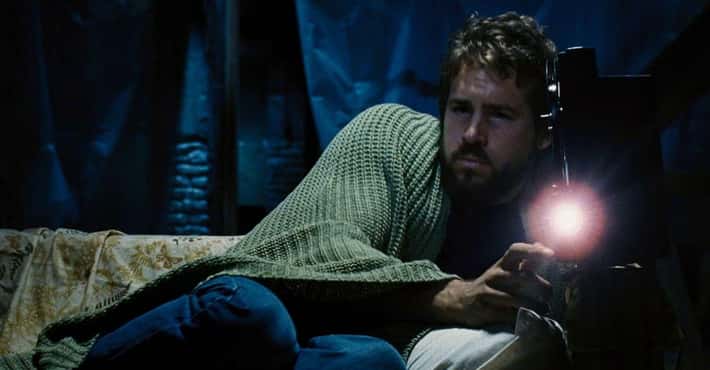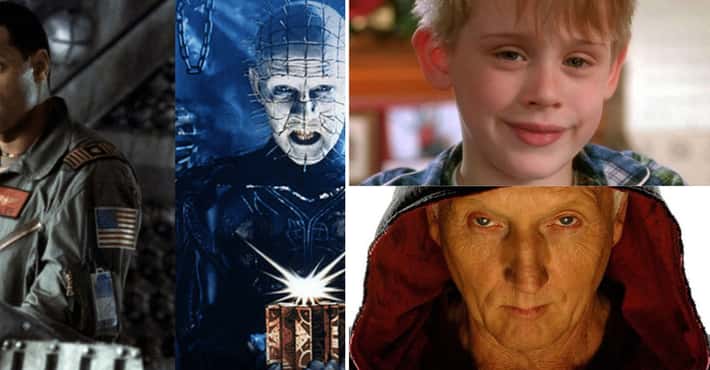A Timeline Of Guillermo Del Toro's Seemingly Cursed Lovecraft Movie, 'At the Mountains of Madness'
The Source Material Is A Classic Antarctic Horror Tale
H.P. Lovecraft's At the Mountains of Madness first appeared in 1936 as a serialized novella published in Astounding Stories. It tells the story of an Antarctic expedition that discovers a strange kingdom of monsters below the icy surface, shaking up the explorers' very understanding of human civilization and the development of the world. The novella features several figures, places, and objects recurrent in Lovecraft's work, including the monster race of shoggoths, the Old Ones, Miskatonic University, and the Necronomicon.
While a relatively obscure work at the time of its publication - Lovecraft was a mostly unsuccessful figure during his life - the story has since become one of the writer's most recognizable works. Author and critic Lucy A. Snyder calls At the Mountains of Madness "one of H.P. Lovecraft's most influential novels" and notes it is "an encyclopedia of the histories of many of the Lovecraftian monsters."
Because most of Lovecraft's work has entered into the public domain, the entire At the Mountains of Madness novella is available to read for free online.
- Photo: GuillemMedina / Wikimedia Commons / CC BY-SA 4.0
Del Toro's Been Working On The Film Adaptation Almost His Entire Life
Del Toro said his journey toward making a film adaptation of At the Mountains of Madness began when he was 11 years old, after he read Lovecraft's short story "The Outsider" and became obsessed with the author.
When del Toro met James Cameron in 1991, the Terminator director asked him about his pet project. Del Toro answered immediately: At the Mountains of Madness. He began working on concept art for a film adaptation of Lovecraft's novella around 1993 and completed a screenplay draft by 1998.
He and his former teacher/frequent collaborator Matthew Robbins wrote a new draft of the script in 2006, but del Toro shelved the project because he felt visual effects technology wasn't yet up to the task of realizing his vision.
- Photo: Avatar/20th Century Fox
'Avatar' Inspired Del Toro To Pursue 'Mountains' Again
After admiring the groundbreaking, world-building visual effects of Cameron's Avatar, del Toro believed it was possible to finally produce At the Mountains of Madness and partnered with Cameron to pitch the project to Universal. Del Toro acknowledged the task was challenging:
It's very difficult for a studio to take the step of doing an R-rated tentpole movie with a tough ending and no love story, set in period, from a writer, Lovecraft, who has a readership as big as any bestseller but cannot be quantified because his works are in the public domain.
Del Toro also said his objective was convincing the studio that his film wouldn't be a horror film, but more like another Avatar. "Studios look backward. Filmmakers look forward," he explained.
Several Of Del Toro's Concept Sketches Are Available To View
As soon as Cameron came on board as producer, del Toro began creating more concept art for Mountains. Cameron said of del Toro's preproduction work: "The design work is phenomenal, both the three-dimensional and two-dimensional design work, the physical maquettes, the CG test scenes; the artwork is phenomenal. The fans certainly won't want for a visual feast with this film."
Several of del Toro's sketches (as well as drawings from his previous films) appeared as part of a now-defunct Film.com article and eventually made their way onto Imgur, where they've remained available. Del Toro's designs reveal his phantasmagoric vision for the film - and that he had actor David Paymer in mind for a role. One image shows a humanoid figure twisted and gnarled into a monstrous form.
Del Toro also stated his goal was to show the monsters without really showing them, to stay true to Lovecraft's writing. The author had a knack for describing creatures with just enough detail that the reader could do the legwork of imagining them into existence.
Other concept art for the film, including a 3D model of the story's infamous albino penguins, appeared in a 2016 exhibit at the Los Angeles County Museum of Art called At Home With Monsters. Del Toro also released his many of his sketches in a book titled Cabinet of Curiosities: My Notebooks, Collections, and Other Obsessions.
- Photo: The Thing/Universal Pictures
The Script Combined Lovecraft With Nods To 'The Thing'
Del Toro and Robbins's 2006 script isn't a faithful adaptation of Lovecraft's novella. The basic premise - Antarctic explorers uncover a hidden world populated with monsters - remains intact, but they made numerous changes to the plot and characters to streamline the narrative.
Del Toro and Robbins also reworked a key aspect of the shoggoths, the main creatures in At the Mountains of Madness, ostensibly to broaden the film's monster-design horizons and pay homage to John Carpenter's The Thing.
Lovecraft called the shoggoths "terrible, indescribable" things, "vaster than any subway train - a shapeless congeries of protoplasmic bubbles, faintly self-luminous, and with myriads of temporary eyes forming and unforming as pustules of greenish light..." The creatures can sprout limbs and reform themselves to fit into any space they desire.
Del Toro and Robbins took this concept a step further and cast the shoggoths as full-on shape-shifters able to replicate any being in existence, including humans, creating another layer of tension for the characters who discover these creatures in the frozen Antarctic.
- Photo: Max Sparber / flickr / CC-BY-NC 2.0
Del Toro's Vision Includes A Bit More Diversity
As noted in Ruthanna Emrys and Anne M. Pillsworth's re-evaluation of Mountains for Tor.com, Lovecraft's novella features only "white guys on this expedition."
Del Toro and Robbins's script - available (for educational purposes only) at Lovecraft eZine - added a woman to the cast. Anne, the wife of protagonist William Dyer, appears throughout the narrative in flashbacks and dreams, though she does not travel with the exhibition. While this addition is only a small step up from an all-male cast, Anne's presence does help balance out the testosterone and establish a critique of manly ambition and resolve - a theme present throughout del Toro's work, but most prominent in Pan's Labyrinth and The Shape of Water.
- Photo: H.P. Lovecraft / Wikimedia Commons / Public Domain
Cthulhu Appeared In An Early Draft Of Del Toro And Robbins's Script
The squid-faced, winged titan Cthulhu, perhaps Lovecraft's most famous creation, makes a cameo near the end of one version of del Toro and Robbins's 2006 screenplay. He emerges from the water as the heroes race away from the hidden Arctic city and grabs for their ship, but his fingers narrowly miss them.
It isn't clear why the monster appears in the screenplay, given that he wasn't featured in Lovecraft's novella. It's possible del Toro and Robbins chose to include Cthulhu as a kind of selling point for the film, given the creature's celebrity status.
But Dejan Ognjanović, writing for the blog The Temple of Ghoul, claims someone "close to the production" informed him the leaked 2006 script was an early draft, and Cthulhu would not appear in the film.
- Photo: The Mummy/Universal Pictures
Tom Cruise Added Star Power To The Project
As development on the Madness film continued, del Toro and Cameron landed a big-name star, Tom Cruise, to play the film's protagonist, William Dyer. But when Cruise, Cameron, and del Toro first took the project to Warner Bros., the studio passed on it.
They next went to Universal with the same meticulous package, which, among other proposals, promised the film would be shot in 3D and feature effects designed by ILM. Del Toro also said they presented more than 300 pieces of concept artwork. Universal bit, and more concrete preproduction work began.
The Budget And Proposed R Rating Probably Killed The Film
With Universal on board, the film reportedly had a tentative shooting date of June 2011. But in March of that year, the studio pulled the plug. Del Toro believes Univeral executives made their decision based on the hard R rating he had in mind, though he thinks a PG-13 concept might have swayed them. The budget could have been a factor, too, given del Toro's initial proposal of $150 million.
Adding insult to injury, del Toro was scouting shooting locations in Alaska when he got the news. He later said of the experience: "Imagine that you had a horrible miscarriage and there are a lot of scars, and you're still dangling a piece of placenta."
Del Toro Won't Compromise His Vision
Following the sudden falling-out with Universal - which shocked del Toro, given how far along the project had come - the director moved on to his next project, the 2013 film Pacific Rim. Other studios showed interest in Madness, but the proposed budget and concerns about the rating continued to make it a hard sell.
Still, del Toro refused to compromise his vision. He stated:
I do not want it to be bloody, I do not want it to be crass, but I want it to be as intense as possible... Everyone knew this was my position, that I knew I was asking the chance for the movie to be what it needs to be. I don't think it's a good idea to relinquish that on paper.
He also said At the Mountains of Madness would never be just another movie for him, but that the film would be a landmark in his career.
- Photo: Prometheus/20th Century Fox
'Prometheus' May Have Killed The Project Again
While del Toro was shopping around At the Mountains of Madness, another big-budget cosmic horror film went into production: Ridley Scott's 2012 Alien prequel, Prometheus. Entertainment Weekly writer Clark Collis noted the similarities between Scott's movie and del Toro's proposed Lovecraft adaptation:
[T]he film, like Lovecraft's story, does indeed track the adventures of a scientific expedition who discover that an ancient alien race were responsible for creating our ancestors - as well as a race of monsters which seem more than capable of wiping out humanity.
Collis's sentiments echoed Del Toro's in the 2008 documentary Lovecraft: Fear of the Unknown:
I think there is a huge Lovecraftian influence, and a huge At the Mountains of Madness influence on the first Ridley Scott Alien. The idea that they find a derelict, city-sized ship, dead denizens in it, and something that is very much alive and waiting and then takes over the humans. That's essentially, you could say very much, in the Mountains of Madness.
The director also wrote in a blog entry on his website (since deleted) that the similarities between the two projects "will probably mark a long pause - if not the demise" of At the Mountains of Madness.
There's Still A Chance 'Mountains' Could Get Made
Despite all the setbacks, del Toro remains optimistic about once again mounting At the Mountains of Madness, saying Universal is "still really interested in doing it." Furthermore, as The Outline's Jeremy Gordon argues, the film could gain momentum given that in 2018, del Toro won the Oscar for Best Director for The Shape of Water, which also won Best Picture.
With his prestige status firmly in place, del Toro is now more of a box office draw than ever, which makes the riskiness of his tentpole horror film much less palpable.
Del Toro also signed a multipicture deal with Fox Searchlight in April 2018 following the success of The Shape of Water, with the intent of creating an in-house production company that focuses on horror and sci-fi titles. This could mean that, at long last, the director will have a chance to create his landmark film.
Del Toro Released A Never-Before-Seen CGI Test On His Instagram Account
Guillermo del Toro launched an official Instagram account in 2022, and in November of that year, gave his followers an early holiday gift: a CGI test from Industrial Light & Magic created “a decade ago” (according to del Toro) for the long-gestating At the Mountains of Madness adaptation. The short clip, which features a man under threat from a shapeshifting monster, gives fans a glimpse at what might have been 10 years prior - and, possibly still, what may yet come.


